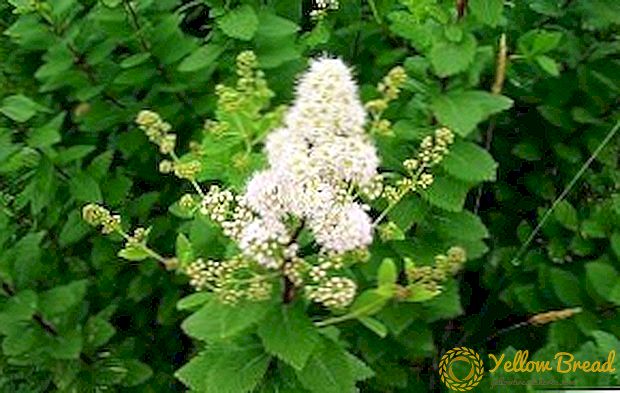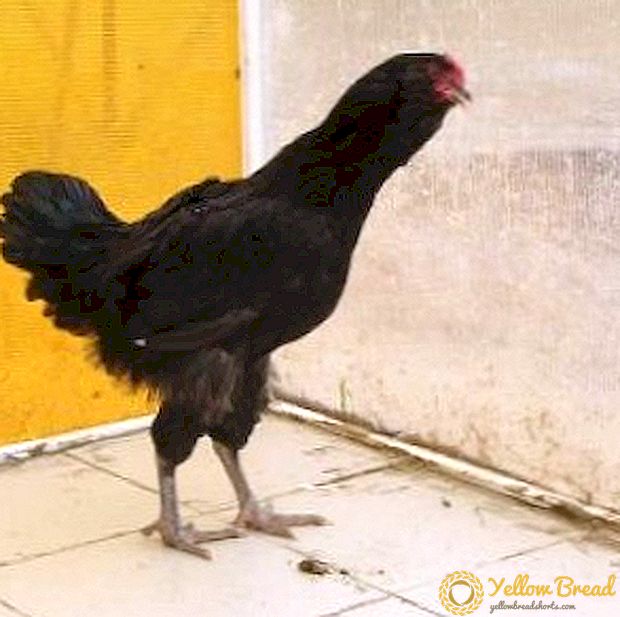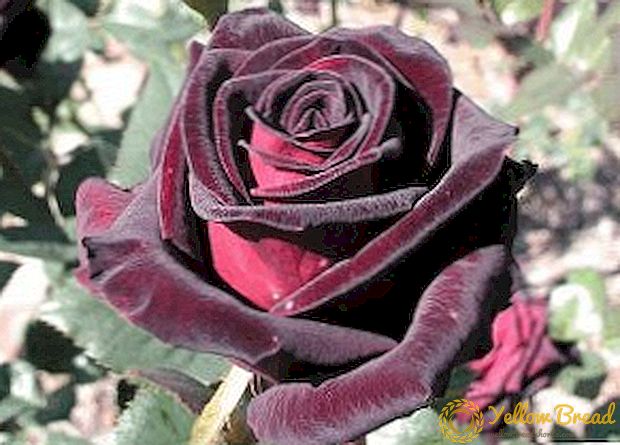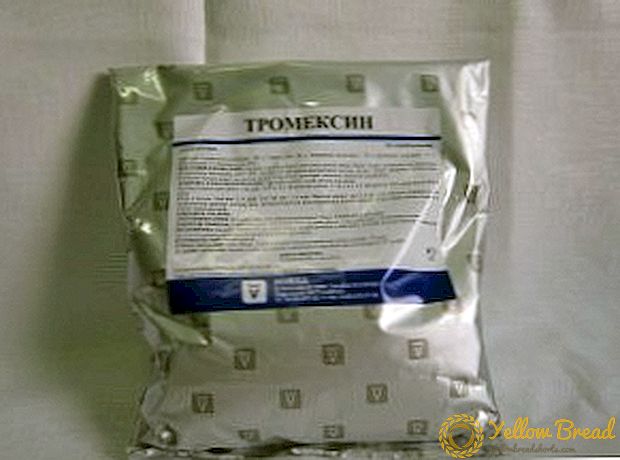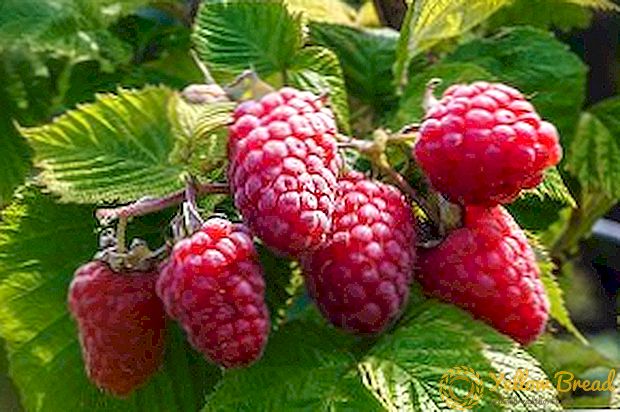 Ficus - heat-loving tropical plants from South and Southeast Asia. The Europeans met this plant during the Indian campaign of Macedon in 327 BC. The founder of the botany, Theophrastus, who participated in the campaign, described a huge tree that covered 300 meters with its shadow. It was a Bengal ficus or banyan tree.
Ficus - heat-loving tropical plants from South and Southeast Asia. The Europeans met this plant during the Indian campaign of Macedon in 327 BC. The founder of the botany, Theophrastus, who participated in the campaign, described a huge tree that covered 300 meters with its shadow. It was a Bengal ficus or banyan tree.
- Abidjan
- Belize
- Melanie
- Robusta
- Black Prince
- Shriveriana
- Tineke
- Tricolor
- Decor
In Europe, ficuses appeared in the 19th century, when some species were adapted for growing in pots. In the middle of the 20th century. The era of the popularity of ficuses.
Among them, special love enjoyed rubber plant (elastic, elastic) - Ficus elastica, whose varieties are widespread. In India, its name is “the snake tree”: during growth, it forms aerial roots that absorb water from humid air.
In nature, such plants reach 30–40 m. Under room conditions, if space permits, can grow up to 2–3 m and live up to 50 years.
All varieties of rubber rubber plants have the following common features:
- well developed root and air-root system;
- leaves are large and elastic with a glossy shine (length - up to 25-30 cm, width - up to 10-15);
- leaf shape - oval with a pointed end;
- the color of the upper side of the leaves is green (variations of shades and patterns are possible in different varieties);
- the color of the underside of the leaf is light green and opaque in color, with a well-visible central vein;
- white lacteal juice containing isoprene;
- do not require complex special care (especially green leafy);
- easily recovered after pruning;
- Ficus blooming in indoor pots is extremely rare;
- have strong immunity to disease.

Potted ficus rubbery cultivars feel best in bright ambient light. With a lack of light, the ficus will begin to stretch more strongly upwards, and the lower leaves will fall away.If there is an excess of sunlight on the leaves, light spots (burns) may form, they will begin to curl.
Ficus should be fertilized with nitrogen-containing liquid fertilizer (once in two weeks).
Ficus elastic varieties are propagated by incision or layering. In the first case, you need:
- cut the stalk to 9 - 15 cm (one or two healthy leaves should remain on it - it is better to roll them into a tube and secure with a rubber band);
- rinse (remove the milky juice) and powder with "Kornevin", "Heteroauxin", "Humisol" or other. Stimulator of rooting;
- for rooting, use vermiculite, a mixture of peat and perlite (top closed with polyethylene) or place in water at a temperature of + 22 ... 25.
Another option is reproduction by cuttings (if there are no leaves on the stem). An incision is made in the bark, the damaged area is wrapped with a wet sphagnum and covered with a film. With the advent of roots, the shoot is pruned and planted in a pot.
Permanent pruning is necessary for ficuses. The first is carried out after reaching a height of 0.5 - 1 m. It is advisable to do this in spring (the side branches will receive more growth hormone and will beginto develop intensively). Lateral branches are also pruned.
Ficus rubbery cultivars can be affected by such pests. as:
- spider mite (afraid of soap solution or "Aktellika");
- shield (remove insects with a cotton swab with an insecticide, wash with soap and tobacco solutions);
- thrips (it is necessary to remove the top layer of soil, wash the plant and treat it with insecticide - "Fitoverm", "Vertimekom").
Symptoms of the disease: fall of the lower leaves and the exposure of the trunk, lethargy, pallor of leaves, brown spots on the top, on the reverse side - white spots, the smell of rot, the presence of insect pests.
These signs may also be due to low temperatures, excess moisture, dry air, poor lighting, drafts, sunburn, etc.
In the case of your absence up to one month, the ficus should be removed from the sun, placed in a pan with soil (pre-filled with expanded clay or pebbles at the bottom), pour them and put water containers next to it (this will help maintain humidity).
The rubber plant, as a result of natural mutation, makes it possible to display new varieties in greenhouses. Consider the most popular ones:
Abidjan
The name of this variety comes from the name of the city in Côte d'Ivoire (West Africa). Loves bright light. Foliage green. Oval and pointed at the end of the leaves (length - 25 cm, width - 17 cm), a noticeable light green vein (bottom burgundy).
Features of plant care:
- it is necessary to replant it into a permanent pot after it is “used” to a new place (during this period the ficus may even shed its leaves) - in 2-3 weeks
- in the summer to water once a week, in the winter - once in two weeks. Water for watering to defend;
- spray and wipe the leaves;
- pinch the main stem at a height of 20 cm.
- soil - turf, peat and sand;
- every 2-3 years to replant in a larger pot;
- comfortable temperature - 18-25 ° С (in summer) and 16-18 ° С (in winter);
- very afraid of drafts.

Belize
Rubber Ficus Belize was bred in Holland. Its feature is that there are white and pink stains on the edges of the leaves.
The leaves have an elongated-pointed form (23 cm in length, 13 cm in width). The central vein is visible on both sides of the leaf, purple-pink color.
Features of plant care:
- need bright light and air "bath" on the balcony;
- comfortable temperature - 20-25 ° C, not lower than 15 ° C - in winter;
- when planting, the root collar should be flush with the ground;
- when buying a ficus acclimatization period - 3 weeks;
- Replant a young plant once a year, mature - after the roots are woven over a clod of earth (the diameter of the new pot must be 2 cm higher than the old (for young) and 6 cm (for mature plants);
- watering in the summer every two days, in the winter - 2-4 times a month;
- maintain air humidity by spraying;
- pruning carried out in early spring.

Melanie
 Sort Melanie Bred in Holland.
Sort Melanie Bred in Holland.
This is a short ficus with thicker foliage.
Sheet length - 13-15 cm.
Comfortable temperature regime - 13-30 ° C.
The handling of the plant is the same as with other ficus.
Robusta
 Robusta Ficus - one of the most unpretentious species. A large sheet (30 cm long) has the shape of an ellipse. Color - saturated green (sometimes with yellow and white patterns). Features:
Robusta Ficus - one of the most unpretentious species. A large sheet (30 cm long) has the shape of an ellipse. Color - saturated green (sometimes with yellow and white patterns). Features:
- the tallest member of this family and needs periodic pruning;
- moderate watering (1-2 times a week);
- not too picky about the light;
- without pruning, loses leaves and stops branching;
- best grown in floor tanks.
Black Prince
 Black Prince - rubber plant with a darker color of leaves. Hue varies with light. Features:
Black Prince - rubber plant with a darker color of leaves. Hue varies with light. Features:
- leaves are more rounded than other ficus;
- tolerates temperature drops;
- can be transplanted regardless of the season;
- to stimulate new shoots, you can pierce the stem one third of its thickness with a clean needle.
Shriveriana
 The variegated ficus was bred in Belgium (1959). Decorative ficus, which is quite rare.
The variegated ficus was bred in Belgium (1959). Decorative ficus, which is quite rare.
Ellipsoidal leaves (length - 25 cm, width - 18 cm) of marble color (light green with strokes of yellow, cream, gray shades. Light green central vein becomes reddish when grown in bright sun).
It needs heat and a small amount of moisture (when the humidity is excessive, the leaves curl and fall off). With a lack of light pattern on the leaves disappears.
Tineke
 Decorative ficus Tineke refers to variegated varieties. The leaves are oval (length - 25 cm, width - 15 cm). Along the edges of the leaves - gray-green and cream edge. Features of care:
Decorative ficus Tineke refers to variegated varieties. The leaves are oval (length - 25 cm, width - 15 cm). Along the edges of the leaves - gray-green and cream edge. Features of care:
- watering three times a week (in the winter - 1 time);
- spray soft water at room temperature, once a month - a warm shower;
- Replace every 1-3 years;
- comfortable temperature - in the summer of 18 - 25 ° C, in the winter - 15-16 ° C.
Tricolor
 Tricolor - also a representative of variegated ficus.
Tricolor - also a representative of variegated ficus.
The leaves are simple, oval (length - 20 cm, width - 15) have a complex marble pattern: green and white and cream shades. Heat and light-loving plant (with a lack of light, the pattern turns pale). Features:
- no need for constant watering (only after drying the top layer of the earth);
Decor
Decor is different wide, dark green leaves with burgundy tint (length up to 25 cm, width up to 18 cm).
 The benefits of rubber-coated ficus are not only in aesthetic and decorative aspect, but also have:
The benefits of rubber-coated ficus are not only in aesthetic and decorative aspect, but also have:
- medicinal properties (not inferior to Kalanchoe) - help fight colds, malignant tumors, skin diseases, toothache, boils, calluses and many other diseases;
- cleansing properties (ficus absorbs harmful impurities from the air - formaldehyde, ammonia, toluene, xylene);
- Ayurveda believes that this plant heals the energy, has a beneficial effect on the psyche and brings happiness to the house.

